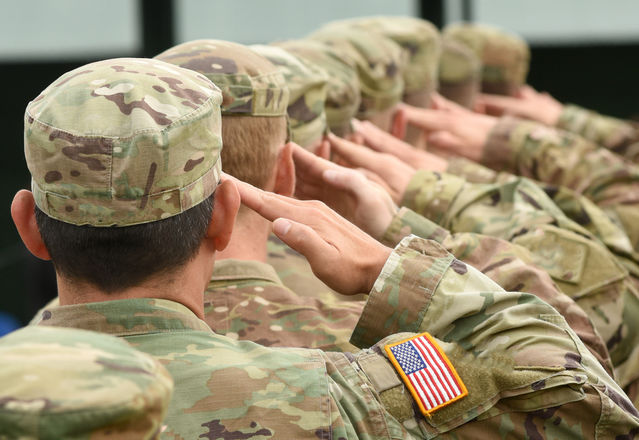What Fuels Violence?
The unconscious impulses that conspire to create conflict.
By Abigail Fagan published October 11, 2019 - last reviewed on November 5, 2019

When British army officer Mike Martin was deployed to Afghanistan, he questioned why the narrative surrounding the war—the defense of freedom and democracy—didn’t reflect his reality. The conflict seemed rooted not in religion, morality, or ideology but in parochial, primal impulses for survival, land, and tribal loyalty. Martin explores this discrepancy, and the evolutionary roots of war, in his research at King’s College London and in his new book, Why We Fight.
Which evolutionary needs lead to violence?
Two drives—status and belonging—shaped us to fight and to escape violence. In the Stone Age, competition for status—which leads to more sexual partners and more children—created endemic violence. High rates of death from violence lead to a selection pressure on individuals who can cooperate. The bigger the group that you’re able to build, the easier it is to escape violence; two people can beat one person, and 10 people can beat five. That creates a selection pressure to belong. We can still see this in support for sports teams, passion for political parties, or the tingle down your spine when you hear the national anthem.
Are we wrong to believe that violence stems from religion, politics, and ideology?
The conscious brain is often unaware of these subconscious drives. So we search for socially acceptable reasons to explain them. If we might die, why would we go to war? We latch onto the frameworks we use to describe the groups we live in. We talk about ideological reasons (“Their beliefs are evil”) or religious reasons (“God created this war”). We genuinely believe those reasons because we cloak our drives in socially acceptable narratives.
What motivates suicide bombers?
A decent body of evidence points to the role of shame and humiliation, which are the opposite of status. The need to regain that status might drive people to commit these acts. For example, America and other nations like the U.K. use drones in Pakistan. Those drones can loiter above a village for 24 hours waiting for a target to turn up before a missile destroys the target and maybe a few other people. Effectively, a man may feel that he was unable to protect his family and village. He may then cross over into Afghanistan, find an American target, and blow it up. Even though he dies, he’s expunged that shame.
What solutions might address these problems?
The U.K. had a counterterrorism program called Prevent, which saw ideology as the driver of terrorism. Prevent required teachers and social workers to report on pupils and clients. People were reported to the police for just praying in the park. But the government quietly changed its approach after more research emerged. It still does counter-radicalization—combating jihadi ideology online, taking websites down, petitioning YouTube—but they realized if you pursue everyone with extremist thoughts, you’re going to create a crisis of belonging and push people to act who might not have. So the government has begun to reinforce the inclusion side, to reemphasize youth clubs, activities, and sports teams, which foster a sense of belonging.
